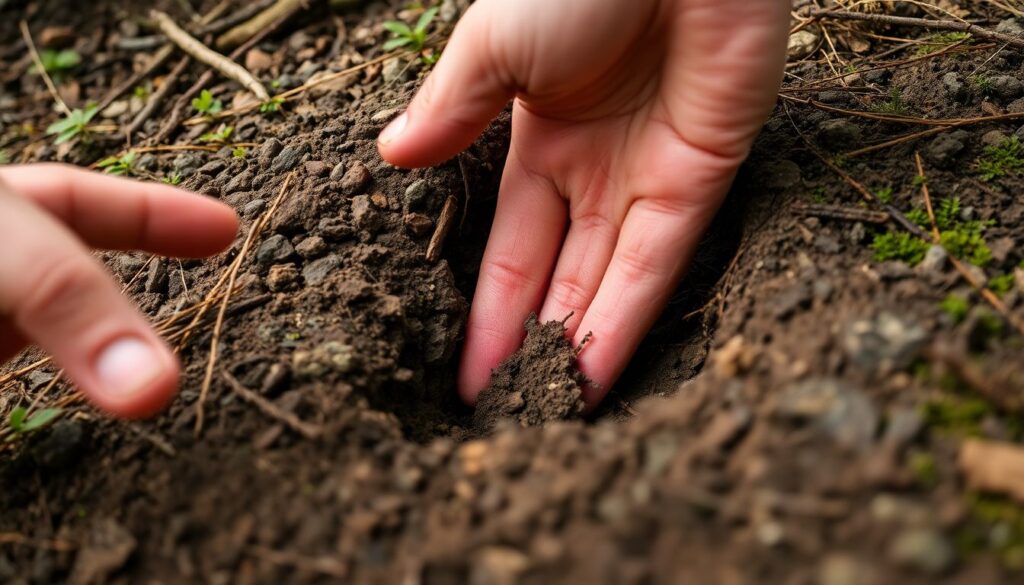Have you ever wondered how to safeguard your hard-earned supplies from prying eyes or unforeseen circumstances? Or perhaps you’ve thought about creating a buried cache to ensure access to essential resources in times of need. If so, you’re not alone. The art of supply hiding and resource protection has been practiced for centuries, from ancient civilizations to modern-day preppers. But with the world becoming increasingly unpredictable, it’s more important than ever to understand and implement these strategies effectively. In this comprehensive guide, we delve into the fascinating world of caching supplies, exploring various methods to hide and protect your preps, ensuring they’re there for you when you need them most.
First, let’s address the elephant in the room. According to a survey by the National Survey of Family Growth, nearly 60% of Americans have experienced at least one natural disaster in their lifetime. This alarming statistic underscores the importance of being prepared, yet many of us struggle with the question: ‘How can I protect my supplies from theft, damage, or loss?’ This article aims to answer that question, providing you with practical tips and real-life examples to help you create a robust and secure caching system.
Now, you might be thinking, ‘This all sounds great, but I’m not a survivalist or a doomsday prepper.’ That’s perfectly fine! The principles of supply hiding and resource protection aren’t reserved for the extreme. They can be applied to everyday situations, such as safeguarding valuable items during a move, protecting your home from burglary, or ensuring your family’s survival during a natural disaster. By the end of this article, you’ll have a solid understanding of how to create and maintain effective caches, giving you the peace of mind that comes with knowing your supplies are safe and accessible.
So, whether you’re a seasoned prepper or a curious individual looking to enhance your security and self-reliance, stick around. We’re about to embark on an exciting journey into the world of caching supplies. We’ll explore the science behind effective caching, delve into the art of camouflage and concealment, and even discuss the legal and ethical considerations you should keep in mind. So, grab a pen, and let’s get started!
Buried Caches and Resource Protection Strategies for Long-Term Survival
In the realm of long-term survival planning, the concept of buried caches and resource protection strategies takes center stage. Imagine, if you will, a world where the usual conveniences of modern life have vanished, and self-sufficiency becomes not just a lifestyle choice, but a necessity. Buried caches, much like the secret stashes of a squirrel, serve as a vital insurance policy against uncertain times. They are carefully concealed repositories of essential supplies, tucked away in strategic locations, ready to be unearthed when needed most. These caches might contain anything from non-perishable food and water purification tablets to first aid supplies, tools, and even precious metals for bartering. The key to successful caching lies in careful planning and diversity. Spreading your caches across various locations reduces the risk of losing everything in one fell swoop. It’s like planting seeds in multiple gardens to ensure a harvest, no matter what happens to one plot. Resource protection strategies, on the other hand, are the shields and swords that defend your caches and your survival efforts. This could mean anything from camouflaging your homestead to blend in with the surroundings, to mastering the art of stealth and misdirection to avoid drawing unwanted attention. It’s a dance of deception and deterrence, a game of hide and seek played with the forces of nature and the unpredictable whims of humanity. But remember, the best protection is often not the most visible. It’s the quiet, unassuming strategies that go unnoticed, the ones that allow you to slip through the shadows, unscathed and unseen. After all, in a world where resources are scarce, the best way to protect what you have is to make sure no one knows you have it at all.

Understanding the Importance of Caching Supplies
In the realm of long-term survival planning, the practice of caching supplies often goes overlooked, yet it holds immense significance. Caching, in essence, is the strategic hiding of essential resources in various locations for future use. This technique, reminiscent of squirrels storing nuts for winter, offers a multitude of benefits that can make the difference between mere survival and thriving in challenging times.
The primary advantage of caching supplies is the peace of mind it provides. Knowing that you have hidden, protected resources stashed away can alleviate anxiety and stress, allowing you to focus on other aspects of preparedness and daily life. It’s like having a secret safety net, a reassurance that you’re not starting from scratch if disaster strikes.
Strategically, caching supplies provides several advantages. Firstly, it ensures a consistent source of resources, preventing the need to scavenge or rely solely on what’s immediately available. This can be particularly useful in situations where resources are scarce or contaminated. Secondly, it allows for a more mobile lifestyle. With supplies cached in various locations, you’re not tied down to a single stockpile, enabling you to move freely and adapt to changing circumstances.
Moreover, caching supplies can serve as a form of insurance against theft or damage. In a crisis, desperation can lead people to act unpredictably, putting your hard-earned supplies at risk. By caching your resources in secret locations, you’re less likely to fall victim to looting or have your supplies destroyed in an emergency like a fire or flood.
However, caching supplies is not without its challenges. It requires careful planning, a good memory, and regular maintenance to ensure your caches remain intact and accessible. It’s also important to consider the legality and ethics of caching on public or private land. Despite these challenges, the strategic advantages and peace of mind it provides make caching supplies a valuable addition to any long-term survival plan.
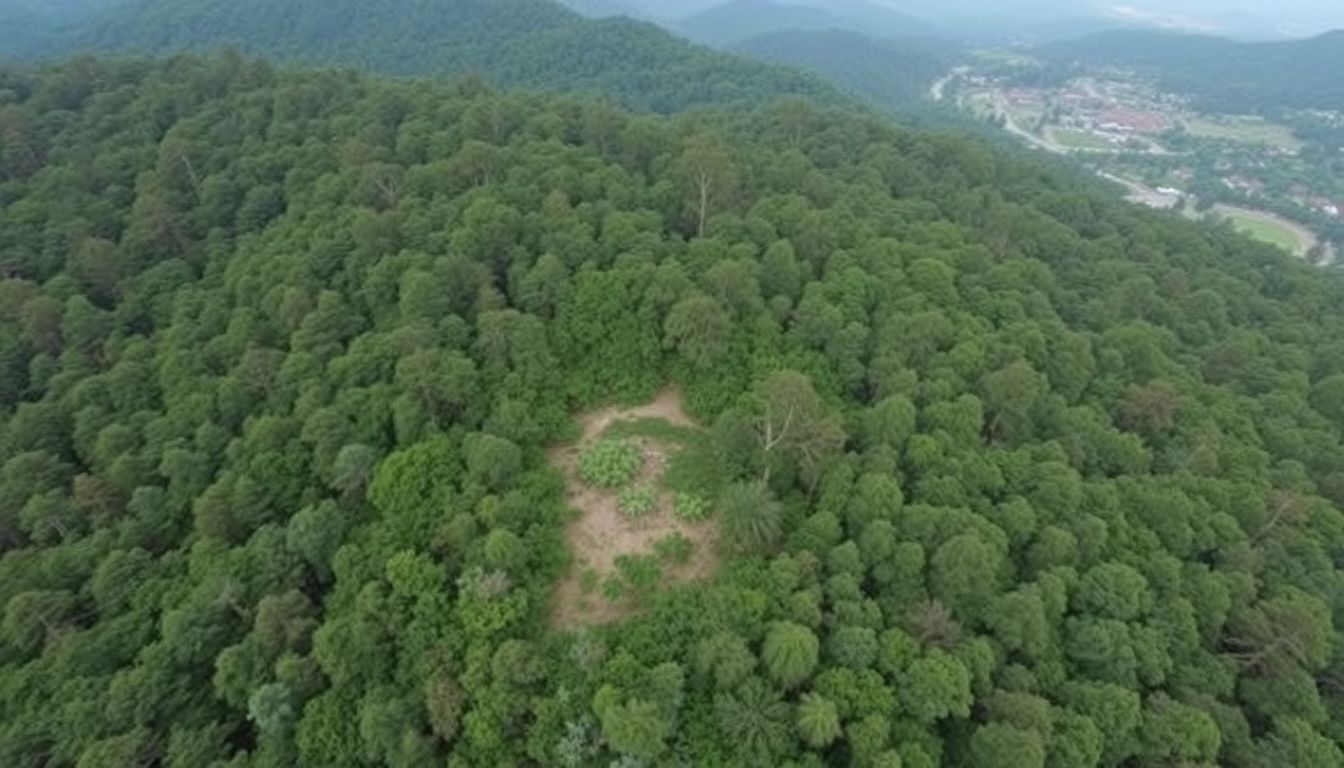
Choosing the Right Location for Your Caches
Choosing the right location for your buried caches is a critical aspect of the geocaching experience, ensuring both the longevity of your cache and the enjoyment of fellow cachers. The process involves a delicate balance of accessibility, camouflage, and avoiding high-traffic areas. Let’s delve into these key factors to help you create the perfect hiding spot.
Firstly, consider the accessibility of your cache. You want to make it challenging enough to pique the interest of cachers, but not so difficult that it becomes frustrating. The terrain should be navigable, with clear paths or easy-to-follow trails. Avoid areas with steep inclines, dense foliage, or other obstacles that could hinder progress. Remember, the goal is to create a fun and engaging experience, not a survival challenge.
Next, let’s discuss camouflage. The art of hiding a cache lies in its ability to blend seamlessly into its surroundings. Observe the area carefully and choose a spot where the cache will be well-hidden yet accessible. A cache tucked behind a fallen log in a forest, or nestled among rocks in a desert, is more likely to remain undiscovered by non-cachers and provide a satisfying find for those who seek it.
Lastly, it’s crucial to avoid obvious or high-traffic areas. While it might seem counterintuitive, hiding your cache in a busy park or along a well-trodden path can lead to its swift discovery and removal. Instead, opt for less obvious locations that are still accessible. This could be a quiet corner of a park, a lesser-known trail, or a secluded spot near a popular attraction. Not only does this help preserve the cache, but it also encourages cachers to explore beyond the beaten path.
In conclusion, choosing the right location for your caches involves a combination of careful observation, strategic planning, and a touch of creativity. By considering accessibility, camouflage, and avoiding high-traffic areas, you can create a geocaching experience that is both challenging and enjoyable for all involved.

Container Selection: Protecting Your Supplies
When it comes to protecting your supplies in buried caches, selecting the right container is paramount. The container must be durable enough to withstand the elements, waterproof to keep your supplies dry, and resistant to pests and corrosion. Let’s explore some of the most suitable options, each with its own set of advantages and disadvantages.
The first contender is the classic metal container. These are typically made of steel or aluminum and are known for their exceptional durability and resistance to corrosion. They can withstand significant pressure and are unlikely to be damaged by the elements. However, they can be quite heavy, which might make them difficult to bury, and they can also be noisy, which could potentially alert unwanted attention to your cache. Moreover, they can be attractive to metal detectors, which could lead to unintended discovery.
Plastic containers, on the other hand, are lighter and quieter, making them easier to handle and less likely to draw attention. They are also less attractive to metal detectors. However, they may not be as durable as metal containers and can degrade over time, especially if exposed to extreme temperatures or sunlight. They are also more susceptible to damage from pests.
For those who prioritize discretion, there are containers made of non-metallic materials like ceramic or glass. These are virtually undetectable by metal detectors and can be quite durable. However, they can be fragile and may not be as resistant to corrosion as metal containers. They also tend to be more expensive.
Another option is to use a container within a container approach. This involves placing your supplies in a smaller, inner container (like a plastic or glass jar) and then placing that inside a larger, outer container (like a metal or ceramic one). This provides an extra layer of protection and can help mitigate some of the disadvantages of using a single type of container.
Regardless of the container you choose, it’s important to ensure that it’s properly sealed to prevent water from getting in. You might also want to consider adding desiccants or other moisture-absorbing materials to keep your supplies dry. And remember, no matter how durable the container, it’s always a good idea to check your cache regularly to ensure that your supplies are still in good condition.

Preparing Your Supplies for Long-Term Storage
Embarking on a long-term caching adventure? Ensuring your supplies are well-prepared and packaged is crucial for their survival in buried caches. Let’s dive into the steps to make your gear cache-friendly and ready for the long haul.
The first line of defense against the elements is a moisture barrier. This could be as simple as a plastic bag or as robust as a vacuum-sealed pouch. The goal is to keep water out, and your supplies dry. Remember, moisture is the enemy of long-term storage, leading to mold, rust, and other unpleasant surprises.
Desiccants are your secret weapons in the war against moisture. These little packets absorb excess moisture, keeping your cache dry even in humid conditions. Silica gel packets, often found in new electronics or shoe boxes, are excellent choices. Just ensure they’re food-grade if you’re caching edibles.
Now, let’s talk about proper sealing techniques. Airtight seals are your best friends here. Vacuum sealing machines are ideal, but if you’re going low-tech, double-bagging with zip-top bags and removing as much air as possible can work. Remember, the less air in your package, the less oxygen for mold to grow.
Finally, consider the bigger picture. Your cache should be waterproof and well-insulated. A plastic container or even a metal ammo box can provide this extra layer of protection. Buried deep enough, these can withstand a lot of what Mother Nature throws at them.
In summary, preparing supplies for long-term storage in buried caches involves creating a multi-layered defense against moisture. Moisture barriers, desiccants, and proper sealing techniques all play a crucial role. With these steps, your cache can withstand the test of time and emerge ready for use when you need it most.
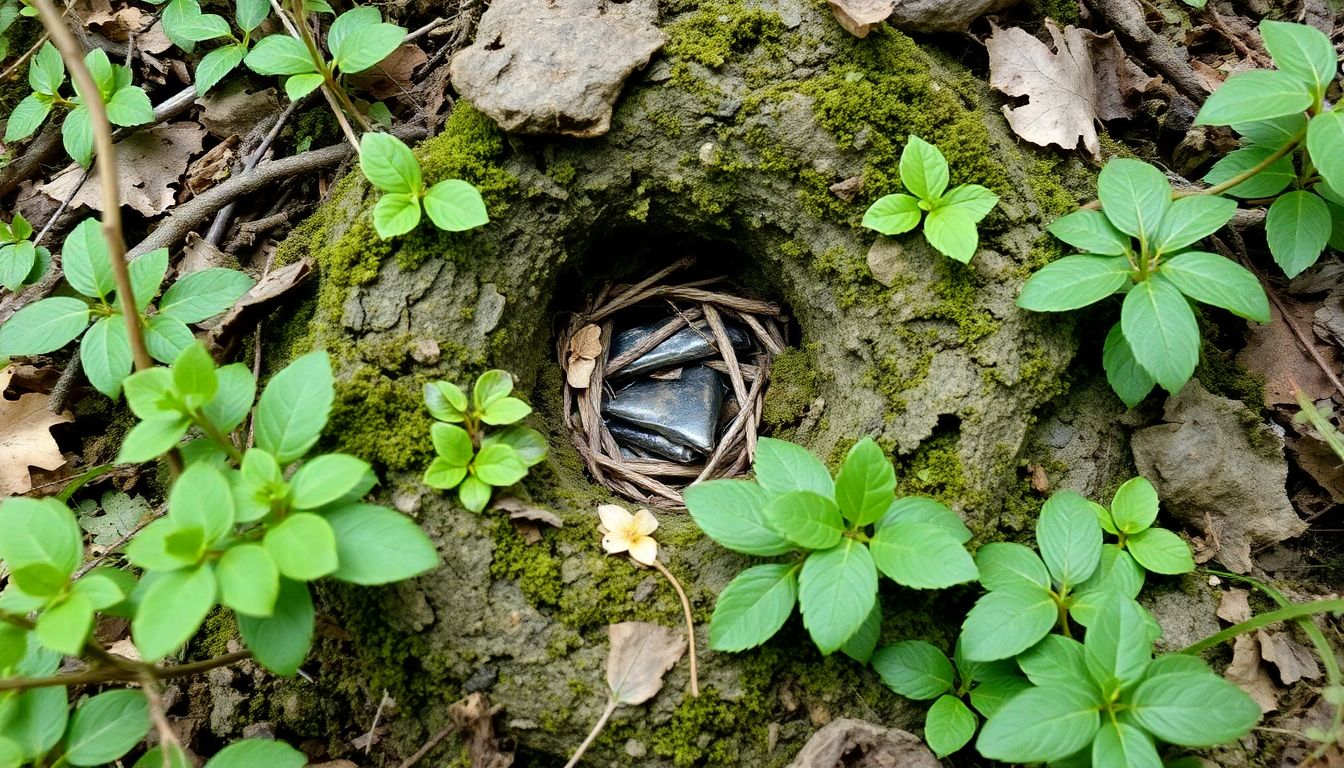
Camouflaging Your Caches: Blending In with Nature
In the grand game of caching, the art of camouflage is as essential as the thrill of the hunt. To ensure your hidden treasures remain undetected, consider these crafty techniques to blend your caches seamlessly into the natural world.
The first rule of cache and conceal is: ‘Use what’s around you.’ Natural materials are your best friends in this endeavor. Pine needles, leaves, and small twigs are excellent for disguising a cache, as they blend in with the surroundings and help break up the cache’s outline. Remember, the goal is to make your cache look like a natural part of the landscape, not a foreign object.
Color matching is another crucial aspect of effective camouflage. Observe the colors and shades of the environment, and try to mimic them. For instance, in a forest, earthy greens and browns are your allies. In a desert, sandy hues will help your cache blend in. The more you can make your cache disappear into its surroundings, the better.
Creating deceptive surroundings is a fun and creative way to throw off potential cache hunters. This could involve arranging nearby rocks or sticks to draw the eye away from the cache, or even creating a small, deliberate ‘false’ cache nearby to mislead. The key is to make your cache the last thing someone would notice, not the first.
Here are some specific steps to help you master the art of cache camouflage:
- Choose a cache container that’s a neutral color and blends in with the environment.
- Before burying your cache, clear away any debris that might draw attention to it.
- Use natural materials to cover the cache, ensuring they’re securely attached so they won’t blow away or get scattered by curious animals.
- If possible, place your cache in a natural depression or under a bush to help it blend in.
- After burying your cache, step back and observe it from different angles. Make any adjustments necessary to ensure it’s well-hidden.
With these techniques, your caches will be the ultimate chameleons, blending in with nature and providing a challenging and rewarding experience for fellow cache hunters.
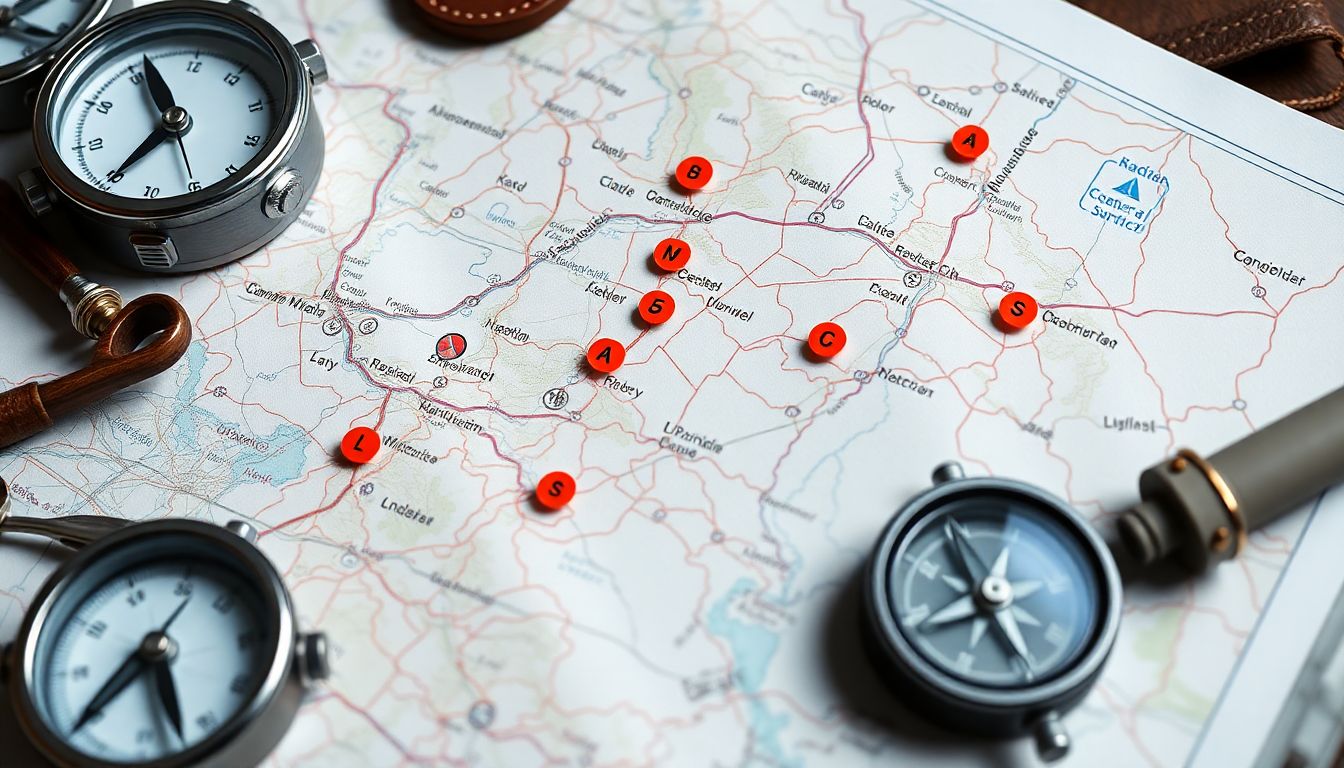
Marking and Mapping Your Cache Locations
Marking and mapping your cache locations is an essential practice for geocachers, ensuring that you can easily retrieve your hidden treasures without wasting time or damaging the environment. This process not only helps you keep track of your caches but also allows you to share your finds with others, contributing to the growth and enjoyment of this global pastime.
There are several methods to mark your cache locations. The most common is using physical markers, such as small signs, ribbons, or even natural objects like rocks or sticks. These markers should be subtle and blend in with the surroundings to avoid drawing unwanted attention. Another method is using reflective tape, which can be seen with a flashlight at night or in low visibility conditions.
GPS devices and smartphones have revolutionized the way we mark and map our cache locations. By recording the exact coordinates of your cache, you can create a digital map that is accurate and easy to navigate. Many geocachers use apps like Geocaching.com or C:Geo to log their finds and share their coordinates with others. These apps often provide additional features, such as terrain difficulty ratings and hints to help you find the cache.
To create a reliable mapping system, it’s important to use a consistent method for recording your cache locations. This could be as simple as writing down the coordinates in a notebook or using a dedicated geocaching app. You should also include additional information, such as the date the cache was hidden, the type of container used, and any specific instructions for finding it. This will help you keep track of your caches and ensure that they are still in good condition when you return to them.
In summary, marking and mapping your cache locations is a crucial aspect of geocaching. By using a combination of physical markers and digital mapping tools, you can create a reliable system that will help you easily retrieve your caches and share your finds with others. So, grab your GPS device and start exploring – the world is your treasure map!

Rotating and Maintaining Your Caches
Buried caches, often used for emergency supplies or geocaching, require regular maintenance to ensure their contents remain usable and safe. Rotating and maintaining these caches is not just a good practice, but a crucial one that can make the difference between a helpful resource and a potential hazard.
The first step in maintaining your caches is to regularly check on them. Depending on the climate and the contents of your cache, this could be anywhere from once a year to once a season. When you visit your cache, start by looking for any signs of tampering or damage. This could include disturbed earth, broken seals, or any other indication that someone or something has interfered with your cache.
If you find signs of tampering, it’s important to approach the cache with caution. It could be a simple case of animal activity, or it could be something more serious. Always err on the side of safety and inspect the cache from a distance before handling it.
Once you’ve determined that the cache is safe to open, take a look at its contents. Check for any signs of damage or spoilage. If you find any, it’s important to replace those items immediately. Remember, the purpose of your cache is to provide supplies in an emergency, so it’s crucial that those supplies are in good condition.
While you’re checking your cache, it’s also a good time to update its contents. This could mean replacing items that have expired or been used, or adding new items that you think might be useful. It’s also a good idea to rotate your cache’s contents. This means moving items from the back of the cache to the front, and vice versa. This helps to ensure that everything in your cache gets used evenly, and nothing gets left at the back to go bad.
Finally, once you’ve checked and updated your cache, make sure to replace it exactly as you found it. This helps to maintain the cache’s secrecy and protects it from further tampering. Regularly rotating and maintaining your caches might seem like a lot of work, but it’s a small price to pay for the peace of mind that comes with knowing your supplies are ready when you need them.

Legal Considerations and Ethical Guidelines for Caching
Caching, the practice of hiding and seeking containers called caches, is a popular outdoor activity that combines elements of treasure hunting, orienteering, and puzzle-solving. However, it’s not without its legal and ethical considerations. Let’s delve into these aspects to ensure that cache placers and finders alike can enjoy this hobby responsibly and harmoniously.
Property Rights and Trespassing:
The most pressing legal concern in caching is trespassing. Caches are often hidden on private property, which can lead to unintentional trespassing by finders. To navigate this, cache placers should obtain permission from landowners before hiding a cache. If permission can’t be obtained, placers should ensure the cache is visible from a public right-of-way and doesn’t intrude on private property. Finders, on the other hand, should respect private property and only search where they have permission or where it’s legally allowed.
Respecting Nature:
Caching should not cause damage to the environment. Cache placers should choose hiding spots that won’t disturb wildlife or damage vegetation. It’s also crucial to follow the ‘Cache In Trash Out’ (CITO) principle, which encourages participants to pick up litter while caching. This not only helps maintain the environment but also fosters goodwill among non-cachers.
Respecting Other People’s Property:
Caches should not contain stolen or illegal items. All items should be safe, legal, and appropriate for all ages. Cache placers should also ensure that the cache’s contents are clearly marked as ‘Tradeables’ or ‘Non-Tradeables’ to avoid disappointment or confusion among finders.
Ethical Guidelines:
- Apart from legal considerations, there are several ethical guidelines that cache placers and finders should follow. These include:
Mundane Rule:
- Caches should be placed in interesting locations, not just convenient ones.
Sign the Logbook:
- Finders should sign the logbook to record their find and maintain the cache’s history.
Replace the Cache:
- If a finder takes an item from the cache, they should replace it with something of equal or greater value.
Maintain the Cache:
Cache placers should regularly maintain their caches to ensure they’re in good condition and the logbook is up-to-date.
By adhering to these legal considerations and ethical guidelines, we can ensure that caching remains a fun, engaging, and responsible activity for all involved.

Advanced Caching Techniques: Booby Traps and Alarms
In the ever-evolving landscape of security, advanced caching techniques have emerged as powerful tools to deter potential thieves. These techniques, often referred to as ‘booby traps’ and ‘alarms’, are designed to create a sense of unease and potential danger, thereby discouraging would-be intruders. However, it’s crucial to approach these methods with a responsible and ethical mindset, ensuring that they are used to protect property and lives, but never to cause harm.
Booby traps, for instance, can be sophisticated and cleverly designed to startle or disorient intruders. These could range from simple, non-lethal devices like strobe lights and loud alarms to more complex systems that trigger when motion is detected. The key here is to make the potential thief believe that they have been discovered and that further intrusion will result in consequences. It’s essential to remember that these traps should never be designed to cause physical harm. Instead, they should aim to scare, startle, or alert.
Alarms, on the other hand, serve a dual purpose. They not only deter potential thieves but also alert the authorities and the property owner of an intrusion. Modern alarm systems can be integrated with CCTV, motion sensors, and even AI-powered facial recognition technology. Some advanced systems can even send real-time notifications to your smartphone, allowing you to monitor your property remotely. The mere presence of an alarm system can often be enough to deter a potential thief.
When implementing these advanced caching techniques, it’s vital to consider the legal and ethical implications. Always ensure that your actions are within the bounds of the law and that you are not causing harm or distress to others. It’s also crucial to consider the potential impact on wildlife and pets. Responsible use means ensuring that your security measures are targeted and proportionate, striking a balance between protection and respect for others.
In conclusion, advanced caching techniques, when used responsibly, can be an effective way to deter potential thieves. They serve as a visual and auditory deterrent, creating a sense of unease and potential danger. However, it’s crucial to remember that these techniques should never be used to cause harm. Instead, they should be used to protect property and lives, while respecting the rights and well-being of others.
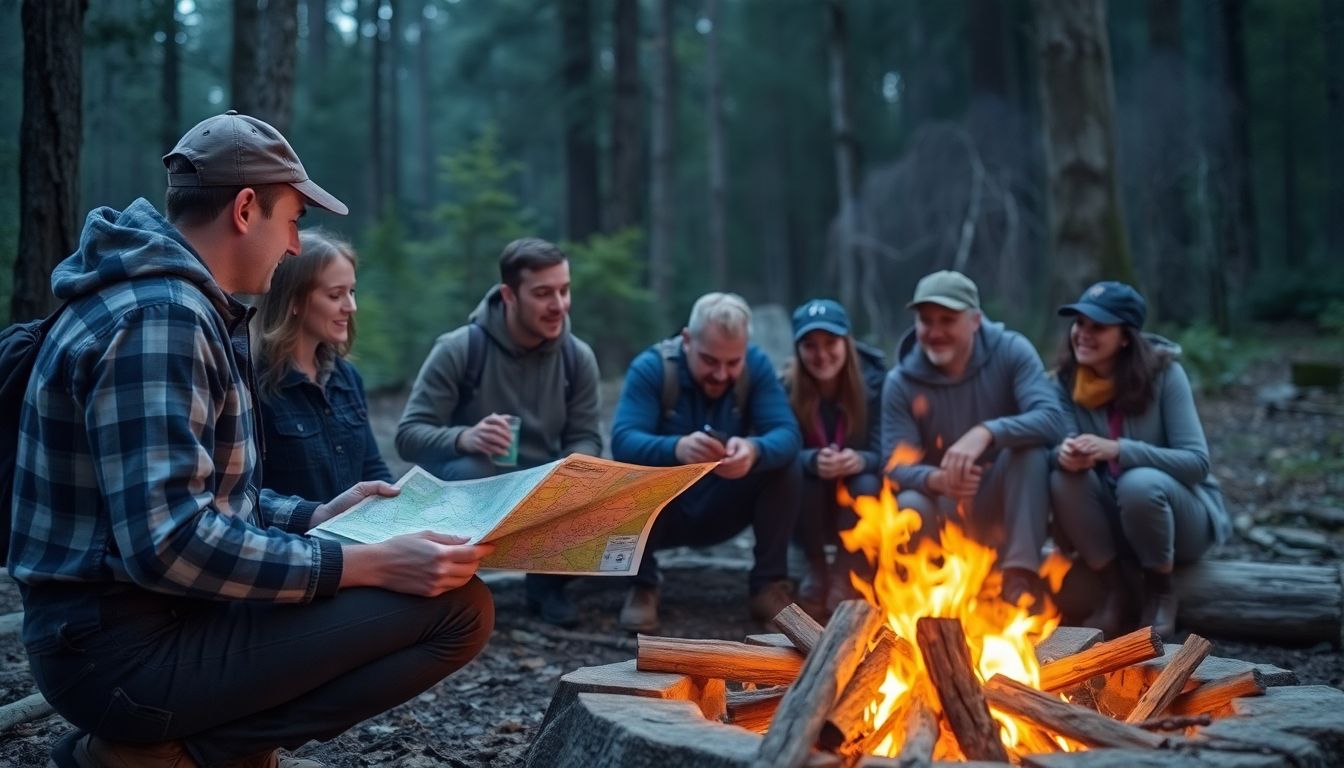
Caching Communities and Networking
In the dynamic world of technology, especially in the realm of caching, joining communities and networking with like-minded individuals can be a game-changer. These platforms, much like a bustling marketplace, offer a wealth of benefits that can significantly enhance your learning, growth, and problem-solving capabilities.
Firstly, caching communities provide a fertile ground for knowledge sharing. Imagine a vast library where everyone is an author, and every conversation is a new chapter. By joining these communities, you’re not just a reader, but an active participant in this ever-evolving narrative. You can learn from the experiences and expertise of others, gain insights into the latest trends and best practices, and even discover new tools and techniques that you might not have encountered otherwise.
Moreover, these communities foster a culture of collaboration and resource sharing. It’s like having a team of experts at your fingertips, ready to lend a hand or offer advice when you’re stuck. Whether it’s a coding snippet, a detailed tutorial, or a helpful guide, the resources shared within these communities can save you countless hours of trial and error. They can also provide you with a fresh perspective on your own work, helping you to improve and innovate.
But perhaps the most significant benefit of joining caching communities is the support they offer. Navigating the complex world of technology can be challenging and isolating at times. These communities provide a sense of belonging, a place where you can connect with others who understand your struggles and celebrate your victories. They offer a safety net, a place to ask questions, seek advice, and vent frustrations. They can also provide opportunities for mentorship, both as a mentor and a mentee, further enriching your learning experience.
In essence, joining caching communities and networking with like-minded individuals is about building a robust support system that can help you grow both personally and professionally. It’s about being part of a collective that values knowledge, collaboration, and mutual growth. So, why not dive in, introduce yourself, and start reaping the benefits of this vibrant ecosystem?
FAQ
What is the importance of hiding supplies in a survival situation?
How do I choose the right location for a buried cache?
- Accessibility: Choose a spot that’s easy to reach, but not too obvious.
- Terrain: Steep slopes, rocky areas, or water sources can make digging easier or harder.
- Visibility: Avoid areas that are frequently visible from roads or trails.
- Weather: Consider how weather might affect the cache, such as flooding or extreme temperatures.
- Landmarks: Use natural or man-made landmarks to help you relocate the cache.
What kind of supplies should I hide in a cache?
- Three minutes without air,
- Three hours without shelter,
- Three days without water,
- Three weeks without food.
So, prioritize items like water purification tablets, high-calorie food, a first aid kit, a multi-tool, fire-starting materials, and a map or compass.
How should I package my cache supplies?
How deep should I bury my cache?
How can I protect my cache from animals?
- Use sturdy, animal-proof containers.
- Avoid using scented items in your cache, as they can attract animals.
- Consider using a protective barrier, like a wire mesh or a layer of rocks, around your cache.
- Place the cache in an area where animals are less likely to dig, such as on a rock or concrete surface.
- Regularly check your cache for signs of animal activity and repair any damage.
How often should I check and rotate the supplies in my cache?
What should I do if I suspect my cache has been compromised?
How can I ensure my cache remains a secret?
- Keep your cache locations to yourself, only sharing them with trusted individuals.
- Avoid discussing your caching activities with others, especially in public places.
- Be discreet when creating or checking your cache, avoiding suspicious behavior.
- Use codes or ciphers to mark the location of your cache on maps or in notes.
- Regularly change the location of your cache to avoid patterns or routines.
Remember, the fewer people who know about your cache, the safer it is.
What legal considerations should I keep in mind when caching supplies?
- Private Property: Always obtain permission before caching on private property. Respect property rights and boundaries.
- Public Land: Follow all local, state, and federal laws regarding caching on public land. Some areas may have restrictions on digging or caching.
- Environmental Regulations: Be mindful of environmental regulations, especially in protected areas. Avoid caching in sensitive habitats or areas with restricted access.
- Neighborhood Covenants: Check for any neighborhood covenants or homeowner association rules that might restrict caching activities.
Always research the laws and regulations in your specific area to ensure you’re caching legally and responsibly.



